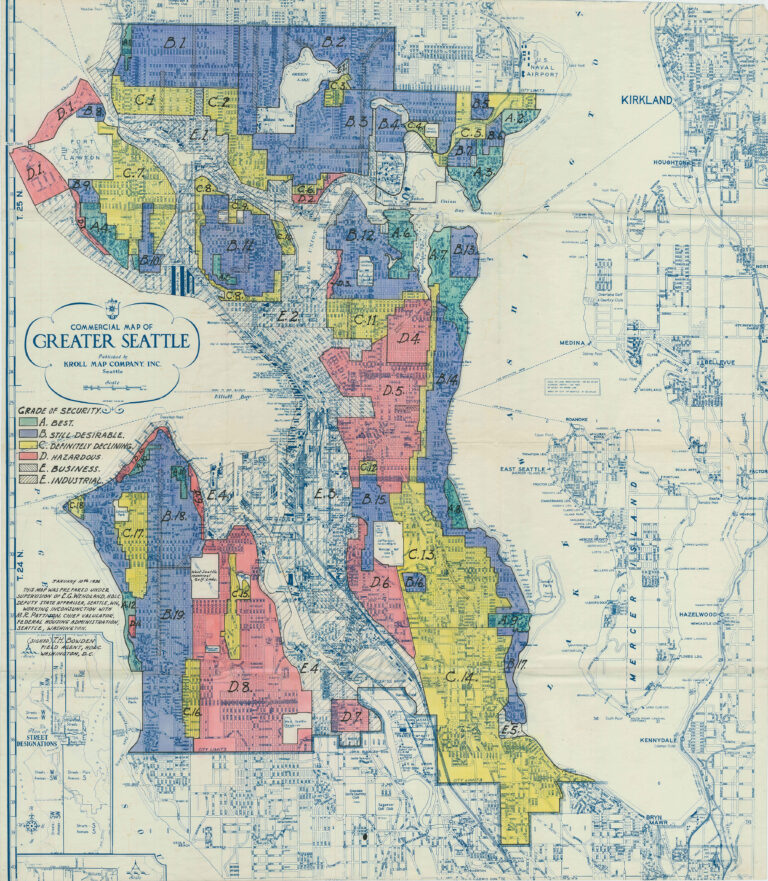Published on July 12, 2023

Could the decades-old government housing discrimination program, commonly called redlining, have anything to do with pedestrian fatalities today? According to a recent national study that compared federal redlining maps of the Home Owners’ Loan Corporation with data on 2010–2019 pedestrian deaths from the national Fatality Analysis Reporting System, the answer is yes.
A recent study “Structural Racism and Pedestrian Safety: Measuring the Association Between Historical Redlining and Contemporary Pedestrian Fatalities Across the United States” found that redlined neighborhoods, which segregated People of Color, were likely to have double the incidence of pedestrian fatalities today compared to affluent neighborhoods. In particular, Black and Indigenous pedestrians had dramatically higher death rates in proportion to the population as a whole.
“They [redlining policies] leave a long shadow, they continue to affect communities and people,” said James Gregory, professor of history and director of the Civil Rights and Labor History Consortium at the University of Washington. Based on the UW group’s research on racial restrictive covenants, the Washington State Legislature passed a pioneering law this year that provides compensation to victims of discrimination from racial restrictive housing covenants.
Continue reading story at South Sound Emerald.
Originally written by Phil Manzano for South Seattle Emerald.